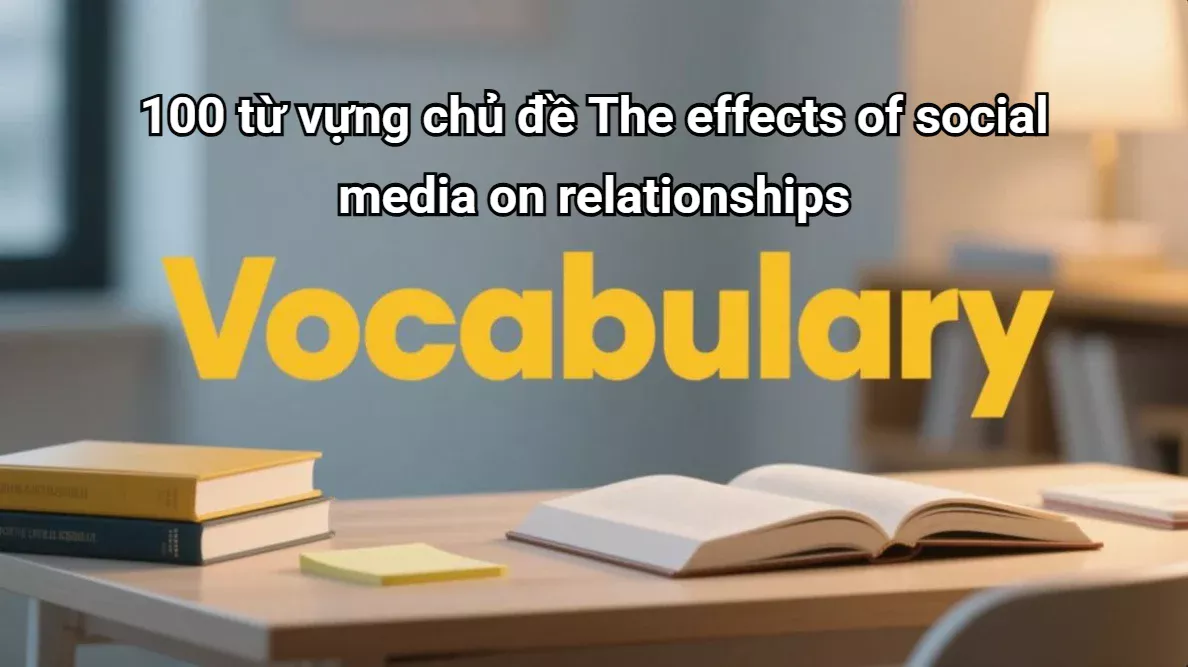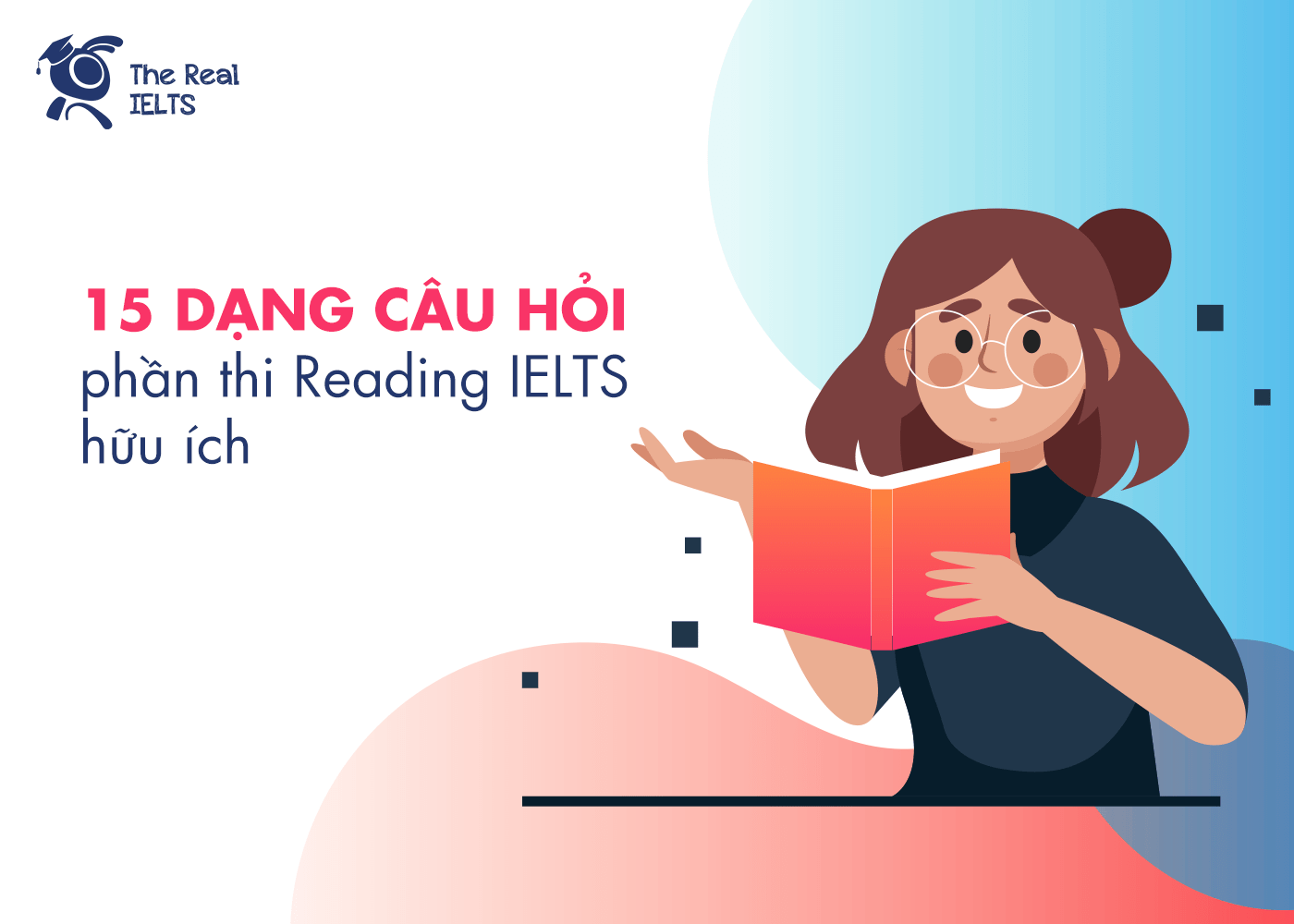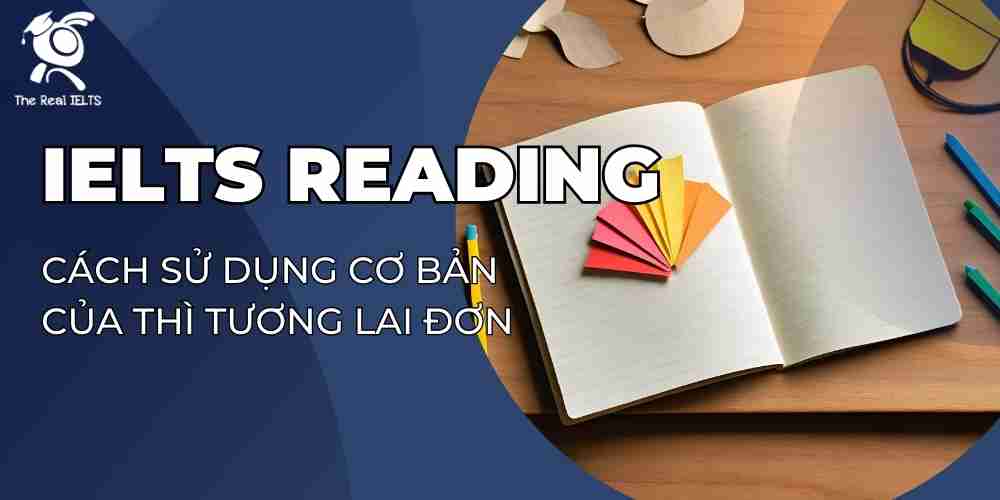Đề thi IELTS Reading có tiêu đề “The Role of Technology in Education”
Nhớ đọc thêm các bài luyện thi IELTS nhé.
IELTS Reading:”The Role of Technology in Education“
The Role of Technology in Education
Technology has fundamentally transformed the landscape of education, reshaping how knowledge is delivered, consumed, and assessed. Over the past few decades, the integration of digital tools and platforms into the educational system has led to significant shifts in teaching methodologies, learning experiences, and student engagement. As technology continues to evolve, its role in education has become increasingly crucial, driving innovation and accessibility while also presenting new challenges.
One of the most notable impacts of technology on education is the democratization of knowledge. Traditional education systems often faced limitations related to geographical location, infrastructure, and resources. However, the advent of the internet and online learning platforms has made it possible for students from diverse backgrounds and regions to access high-quality educational content. Massive Open Online Courses (MOOCs), for instance, offer courses from world-renowned universities to anyone with an internet connection, breaking down barriers to education and enabling lifelong learning.
In addition to expanding access, technology has also enhanced the personalization of learning. Educational software and platforms now utilize artificial intelligence (AI) to tailor learning experiences to individual students’ needs. These adaptive learning systems can assess a student’s strengths and weaknesses, adjust the pace of instruction, and provide targeted resources to address gaps in understanding. This personalized approach not only improves learning outcomes but also fosters a more engaging and motivating environment for students.
Furthermore, technology has revolutionized the way educators teach and interact with students. The traditional lecture model, where teachers are the primary source of information, has given way to more interactive and student-centered approaches. Tools such as interactive whiteboards, virtual reality (VR), and augmented reality (AR) allow educators to create immersive learning experiences that engage students in ways that were previously unimaginable. For example, VR can transport students to historical sites or inside the human body, providing experiential learning that deepens understanding and retention.
The role of technology in education extends beyond the classroom, as well. It has enabled new forms of collaboration and communication among students and teachers. Cloud-based platforms like Google Classroom and Microsoft Teams allow for seamless sharing of resources, real-time feedback, and collaborative projects, regardless of physical location. This connectivity fosters a global learning community, where students can engage with peers and experts from around the world, broadening their perspectives and enriching their educational experience.
Assessment, a critical component of education, has also been transformed by technology. Traditional paper-based exams are increasingly being replaced by digital assessments that offer more flexibility and a wider range of question formats. Online assessments can include interactive simulations, drag-and-drop tasks, and immediate feedback, providing a more comprehensive evaluation of a student’s skills and knowledge. Moreover, data analytics tools enable educators to track student progress in real time, identifying trends and intervening when necessary to support struggling students.
Despite these advancements, the integration of technology in education is not without challenges. One of the primary concerns is the digital divide, where unequal access to technology can exacerbate educational inequalities. Students from low-income families or remote areas may lack the necessary devices or internet connectivity to fully participate in digital learning, leading to disparities in educational outcomes. Addressing this issue requires concerted efforts from governments, educational institutions, and the private sector to ensure that all students have access to the tools and resources they need.
Another challenge is the potential for technology to diminish the role of human interaction in education. While digital tools can enhance learning, they cannot replace the personal connection and guidance that teachers provide. The role of educators must evolve to balance the use of technology with the need for meaningful teacher-student relationships. This balance is essential to fostering not only academic success but also the social and emotional development of students.
Furthermore, the rapid pace of technological change presents a challenge for educators and institutions to keep up with the latest tools and trends. Continuous professional development and training are necessary to equip teachers with the skills to effectively integrate technology into their teaching practices. Additionally, educational institutions must invest in infrastructure and support systems to ensure that technology is used effectively and sustainably.
In conclusion, the role of technology in education is multifaceted, offering significant benefits while also posing challenges that must be addressed. Technology has the potential to democratize education, personalize learning, and enhance student engagement, making it a powerful tool for educational advancement. However, it is essential to address the digital divide, maintain the human element in education, and ensure that educators are equipped to navigate the ever-evolving technological landscape. As technology continues to shape the future of education, it is crucial to strike a balance that maximizes its benefits while minimizing its drawbacks.
Đề bài thi IELTS Reading
Multiple Choice (Câu hỏi trắc nghiệm)
- What is one of the primary roles of technology in education?
- A) Reducing the number of teachers needed
- B) Enhancing the personalization of learning
- C) Eliminating traditional classrooms
- D) Increasing physical textbooks usage
- Which platform allows students to access courses from world-renowned universities?
- A) Google Classroom
- B) Microsoft Teams
- C) Massive Open Online Courses (MOOCs)
- D) Virtual Reality (VR)
- How does AI contribute to education according to the passage?
- A) By replacing teachers in classrooms
- B) By creating standardized tests for all students
- C) By tailoring learning experiences to individual needs
- D) By reducing the time spent on homework
- What is a significant challenge mentioned in integrating technology into education?
- A) The high cost of textbooks
- B) The digital divide
- C) Overcrowded classrooms
- D) Lack of interest from students
- What is one benefit of using VR in education?
- A) Reducing the cost of field trips
- B) Making lectures shorter
- C) Providing experiential learning
- D) Replacing textbooks completely
True/False/Not Given
- Traditional education systems never had any limitations before the introduction of technology.
- A) True
- B) False
- C) Not Given
- The passage states that cloud-based platforms eliminate the need for physical schools.
- A) True
- B) False
- C) Not Given
- Students from all income levels have equal access to technology according to the passage.
- A) True
- B) False
- C) Not Given
- The use of technology has led to more personalized learning experiences.
- A) True
- B) False
- C) Not Given
- The passage suggests that online assessments cannot be as effective as traditional exams.
- A) True
- B) False
- C) Not Given
Yes/No/Not Given
- The author believes that technology alone can solve all educational challenges.
- A) Yes
- B) No
- C) Not Given
- The author suggests that the traditional role of teachers is becoming obsolete due to technology.
- A) Yes
- B) No
- C) Not Given
- The author agrees that educational institutions should invest in technology.
- A) Yes
- B) No
- C) Not Given
- The passage implies that VR is an expensive tool that only a few schools can afford.
- A) Yes
- B) No
- C) Not Given
- The author suggests that continuous training for educators is essential to keep up with technological advancements.
- A) Yes
- B) No
- C) Not Given
Matching Information (Nối thông tin)
- Match the following information with the correct paragraph:
- A) Democratization of knowledge
- B) Personalized learning through AI
- C) The digital divide challenge
- D) The role of VR in education
Matching Headings (Nối tiêu đề với đoạn văn)
- Choose the appropriate heading for each paragraph:
- A) The Impact of Technology on Teaching Methods
- B) Challenges in Technological Integration
- C) The Future of Education
- D) The Role of AI in Personalized Learning
Matching Features (Nối đặc điểm)
- Match the following features with the correct technological tool:
- A) Enables global collaboration – ________
- B) Provides real-time feedback – ________
- C) Tailors learning experiences – ________
- D) Immersive learning experience – ________
Options:
- Google Classroom
- Virtual Reality (VR)
- Artificial Intelligence (AI)
- Online assessments
Matching Sentence Endings (Nối phần kết câu)
- Match the beginning of each sentence with its correct ending:
- A) Online learning platforms have…
- B) VR can be used to…
- C) The digital divide refers to…
- D) Cloud-based platforms enable…
Options:
- real-time collaboration among students.
- access to courses from top universities.
- the gap in technology access.
- create immersive learning environments.
Sentence Completion (Hoàn thành câu)
- The use of ________ allows educators to track student progress in real time.
- ________ can assess a student’s strengths and weaknesses and adjust instruction accordingly.
- The integration of technology in education has led to more ________ learning experiences.
- Online assessments offer more flexibility and a wider range of ________ formats.
- The ________ has made it possible for students to access educational content from anywhere.
Summary Completion (Hoàn thành tóm tắt)
25-28. Complete the summary with words from the passage.
Summary:
Technology has had a profound impact on education, particularly in terms of access and personalization. The use of ________ has democratized knowledge, allowing students from diverse backgrounds to access quality education. Moreover, AI has played a crucial role in ________ learning experiences, adjusting instruction to meet individual needs. However, the digital divide remains a significant challenge, as not all students have equal access to ________. Despite these challenges, technology continues to offer new opportunities for ________ learning and assessment.
Diagram Label Completion (Hoàn thành nhãn của sơ đồ)
29-32. Label the diagram below using information from the passage.
Diagram: The Process of Personalized Learning through AI
- Step 1: Assessing ________
- Step 2: Adjusting ________
- Step 3: Providing ________
- Step 4: Tracking ________
Short Answer Questions (Câu hỏi trả lời ngắn)
- What is one of the key benefits of MOOCs?
- How does technology contribute to experiential learning in education?
- What is a significant challenge in integrating technology in education mentioned in the passage?
- Name one tool that allows for global collaboration among students.
- What must educators do to effectively integrate technology into their teaching practices?
- What concern does the passage raise about the role of human interaction in education with the rise of technology?
- How can online assessments be different from traditional paper-based exams?
- What does the author suggest is necessary for addressing the digital divide?
Đáp án bài thi IELTS Reading
Multiple Choice (Câu hỏi trắc nghiệm)
- B) Enhancing the personalization of learning
- C) Massive Open Online Courses (MOOCs)
- C) By tailoring learning experiences to individual needs
- B) The digital divide
- C) Providing experiential learning
True/False/Not Given
- B) False (The passage mentions limitations of traditional education systems.)
- B) False (The passage discusses the role of cloud-based platforms in enhancing collaboration, not replacing physical schools.)
- B) False (The passage mentions the digital divide as a challenge.)
- A) True (The passage discusses how technology has led to more personalized learning experiences.)
- B) False (The passage mentions that online assessments can provide a comprehensive evaluation of a student’s skills.)
Yes/No/Not Given
- B) No (The author does not suggest that technology alone can solve all educational challenges.)
- B) No (The passage mentions that the role of teachers must evolve, not become obsolete.)
- A) Yes (The passage suggests that educational institutions must invest in technology and training.)
- C) Not Given (The passage does not discuss the affordability of VR.)
- A) Yes (The passage mentions that continuous training for educators is necessary to keep up with technological advancements.)
Matching Information (Nối thông tin)
- A) Democratization of knowledge – Paragraph 2
- B) Personalized learning through AI – Paragraph 3
- C) The digital divide challenge – Paragraph 7
- D) The role of VR in education – Paragraph 5
Matching Headings (Nối tiêu đề với đoạn văn)
- A) The Impact of Technology on Teaching Methods – Paragraph 4
- B) Challenges in Technological Integration – Paragraph 7
- C) The Future of Education – Paragraph 10
- D) The Role of AI in Personalized Learning – Paragraph 3
Matching Features (Nối đặc điểm)
- A) Enables global collaboration – 1) Google Classroom
- B) Provides real-time feedback – 4) Online assessments
- C) Tailors learning experiences – 3) Artificial Intelligence (AI)
- D) Immersive learning experience – 2) Virtual Reality (VR)
Matching Sentence Endings (Nối phần kết câu)
- A) Online learning platforms have… – 2) access to courses from top universities.
- B) VR can be used to… – 4) create immersive learning environments.
- C) The digital divide refers to… – 3) the gap in technology access.
- D) Cloud-based platforms enable… – 1) real-time collaboration among students.
Sentence Completion (Hoàn thành câu)
- data analytics tools
- Artificial Intelligence (AI)
- engaging and personalized
- question
- internet
Summary Completion (Hoàn thành tóm tắt)
25-28. technology, democratized, personalized, access, online
Diagram Label Completion (Hoàn thành nhãn của sơ đồ)
29-32.
- Step 1: Assessing student’s strengths and weaknesses
- Step 2: Adjusting pace of instruction
- Step 3: Providing targeted resources
- Step 4: Tracking student progress
Short Answer Questions (Câu hỏi trả lời ngắn)
- Access to courses from world-renowned universities.
- By using tools like VR to create immersive learning experiences.
- The digital divide.
- Google Classroom or Microsoft Teams.
- Engage in continuous professional development and training.
- It raises the concern that technology may diminish human interaction in education.
- They can include interactive simulations and immediate feedback.
- Ensure equal access to technology for all students.
Luyện tập bài khác ở bài viết:”100 bài luyện IELTS Reading 2024 – 2025“















